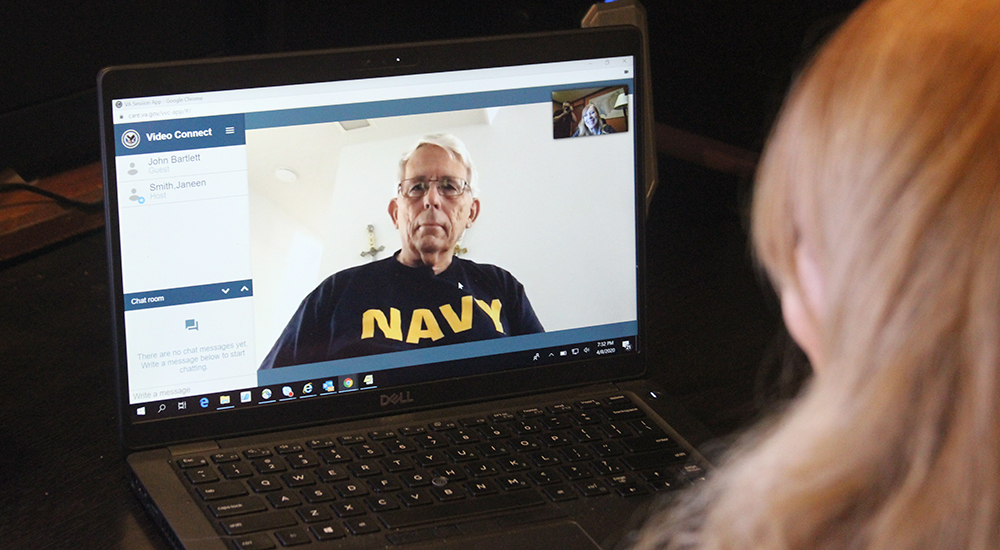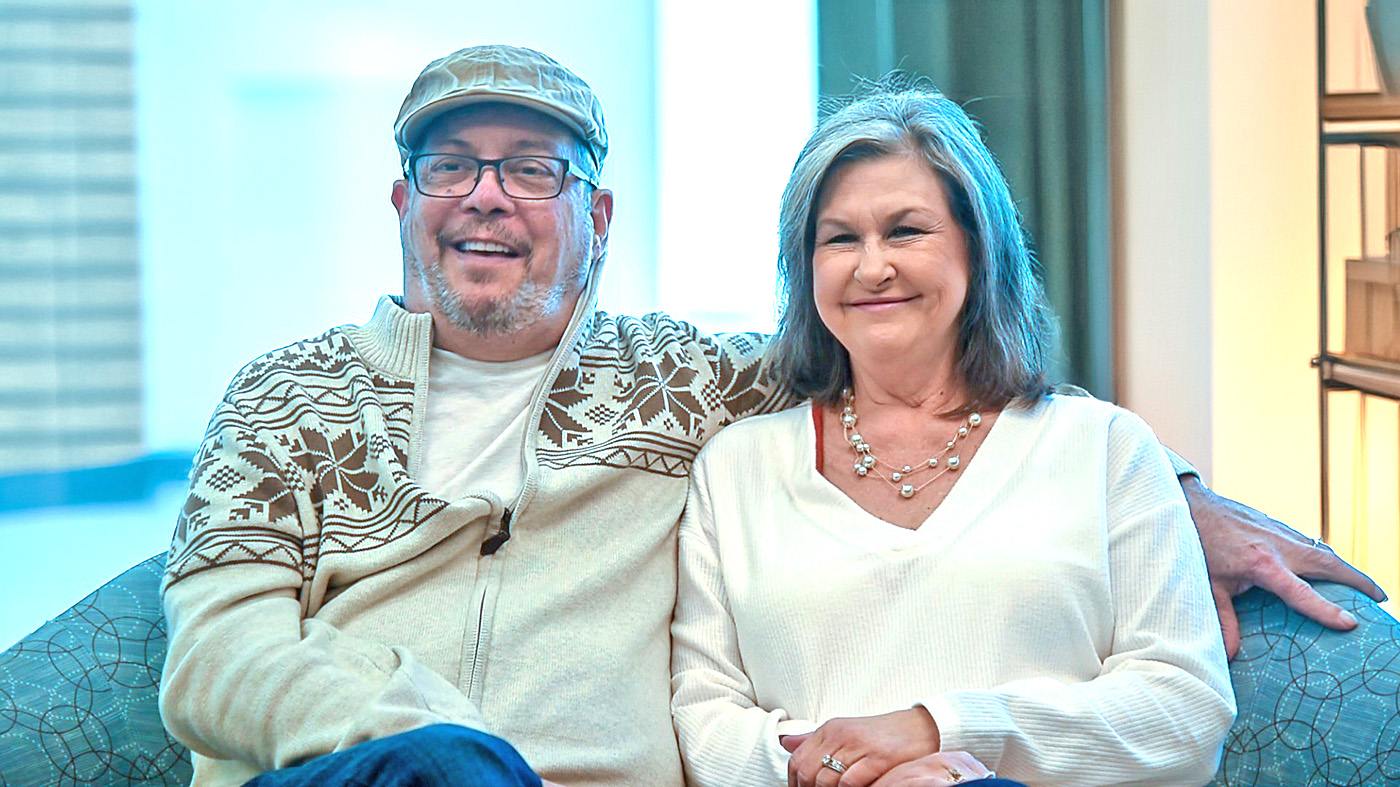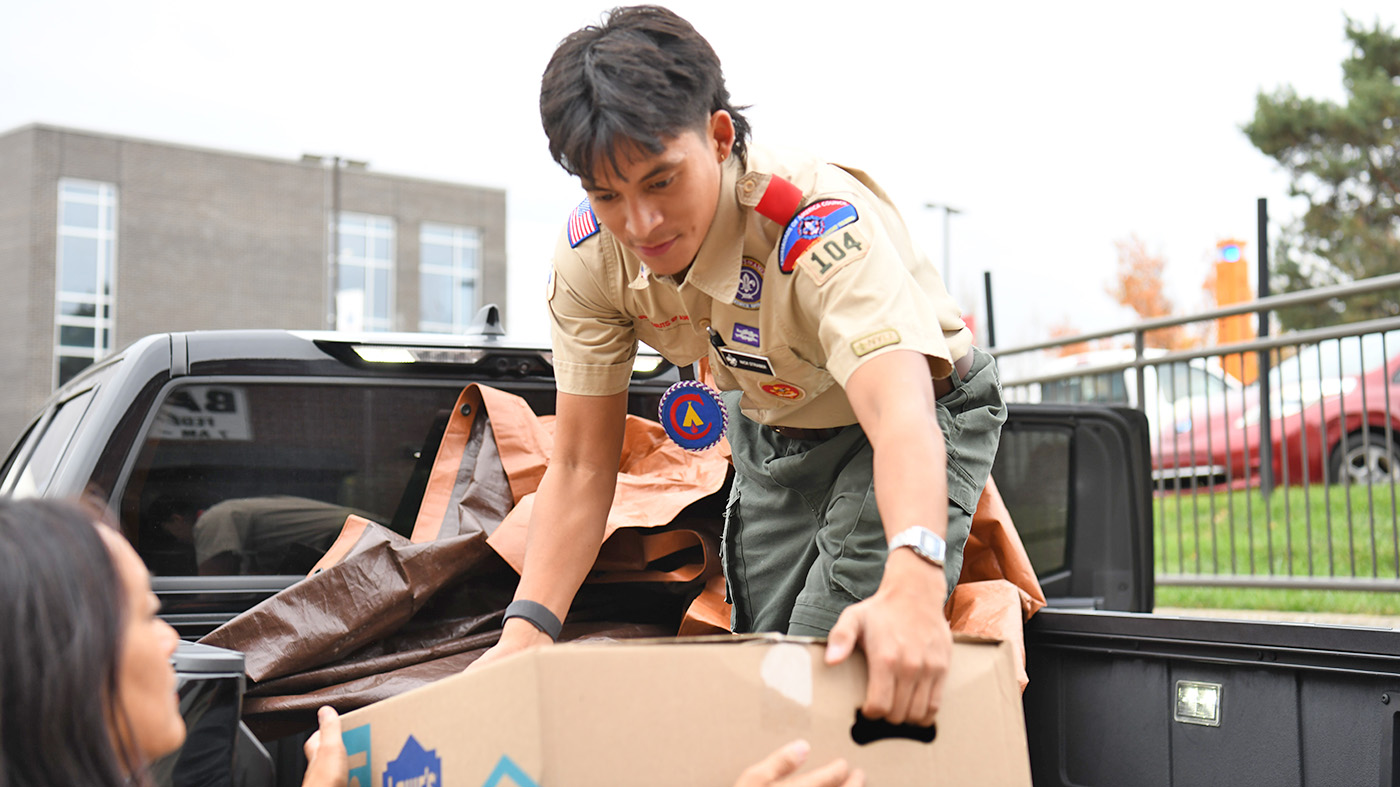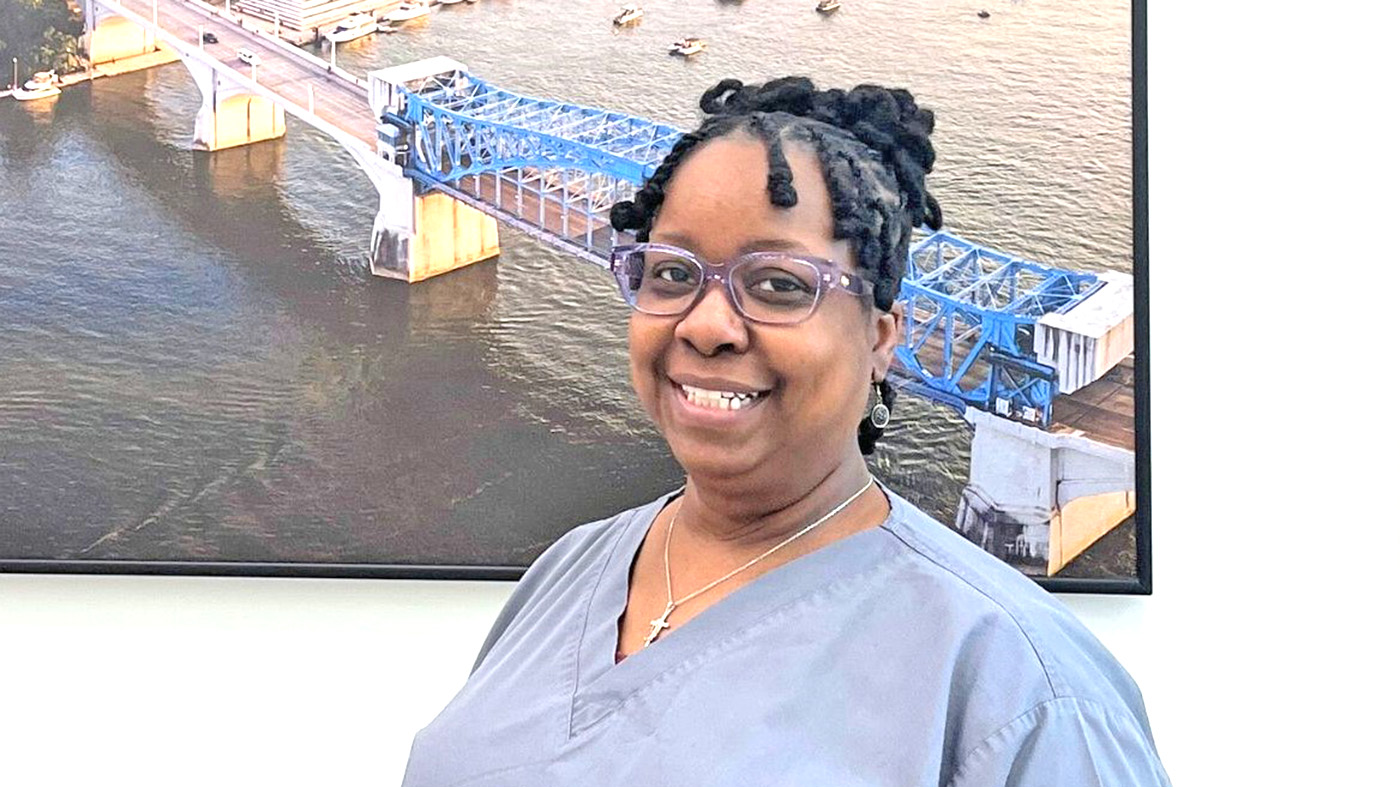Back in April, Navy Veteran John Bartlett, 81, was dry heaving and experiencing severe pain. He had recently spent six days in the hospital with a lung infection which prevented him from taking the asthma medication he desperately needed.
On the same night, another Navy Veteran was also in need of assistance. Bill Scilacci, 97, served during World War II as an assistant engineering officer aboard the USS Edwards destroyer. He recently fractured two vertebrae and underwent surgery at VA Palo Alto Health Care System. Following the procedure, he received a back brace and moved into an assisted living center.
“He was doing pretty well and decided he should spend less time wearing the brace, so he didn’t wear it for a couple days,” said Carol Tanner, Scilacci’s daughter. “He ended up in a lot of pain.”
Tele-Urgent care saves trip to the ER
For both Bartlett and Scilacci, assistance came in an unexpected way: the new tele-urgent care program through VA Video Connect. Both Veterans called their local VA and, after being screened, connected with Dr. Janeen Smith from San Francisco VA Health Care System.
“I would have called my primary care doctor, but it was the weekend,” said Bartlett, a Vietnam-era Veteran who lives in Hawaii. “So, I made a call to the VA hospital here in Hawaii.”
Bartlett’s call was taken by a registered nurse who listened as he described his symptoms and then connected him to Dr. Smith, an emergency department physician who works with the VA Sierra Pacific Network (VISN 21) virtual care program.
Smith, who works out of San Francisco, was able to talk to Bartlett through VA Video Connect (VVC), diagnose him from more than 2,000 miles away, and get him the help he needed — all without a cumbersome trip to an emergency room.
In the photo above, Dr. Smith talks to Bartlett using VA Video Connect. As a result of this pilot program, Veterans can receive tele-urgent care without an in-person visit to the emergency department.
Dr. Smith was able to assist over video chat and get the Veterans the care they needed in a timely manner.
“It was great,” Tanner said. “Dad was able to get the help he needed. He has used it a couple times since then. If that hadn’t been available, it would have been so much more difficult. It’s incredibly efficient if you think about the time we would have spent to take him to the ER. I’m very thankful.”
“It was kind of a window into something new,” said Scilacci. “I was flexible and available and happy to cooperate in any way.”
Expanded to nights and weekends
The virtual care program features nurse practitioners and physicians, all with experience in emergency departments or urgent care centers. It began in San Francisco during regular hospital hours but later expanded to include nights, weekends and holidays at the request of nurses who became accustomed to working with it during the day.
“It’s a process that we’re improving all the time,” Smith noted. “We started in April at the network level and were able to stand it up pretty fast because we already had it in San Francisco.”
Bartlett and Scilacci were two Veterans helped on the first night the program expanded beyond San Francisco.
“It’s very Veteran-centric,” Smith said. “That’s my favorite part.”
1000 Veterans treated by mid-June
On Saturday, June 13, the program marked its 1,000th encounter. Nearly one third of those were patients between the ages of 70 and 79. As a result, the program has improved access for Veterans with urgent care needs. It allows them to get the care they need without ever leaving the comfort and safety of their own home.
VA will continue to serve Veterans using the VA Video Connect technology.
Patrick Gordon is a Marine Corps Veteran and digital media specialist for the VA Sierra Pacific Network. Photo courtesy of Janeen Smith.
Topics in this story
More Stories
After battling heart failure and a stroke, one Veteran received a heart transplant at the Michael E. DeBakey VA.
Boy Scout Nicholas Straber has undertaken a community service project aimed at aiding homeless Veterans in Indianapolis.
Stark Hill, a nurse, telehealth clinical technician and preceptor, supports Veterans at Chattanooga VA Clinic.






